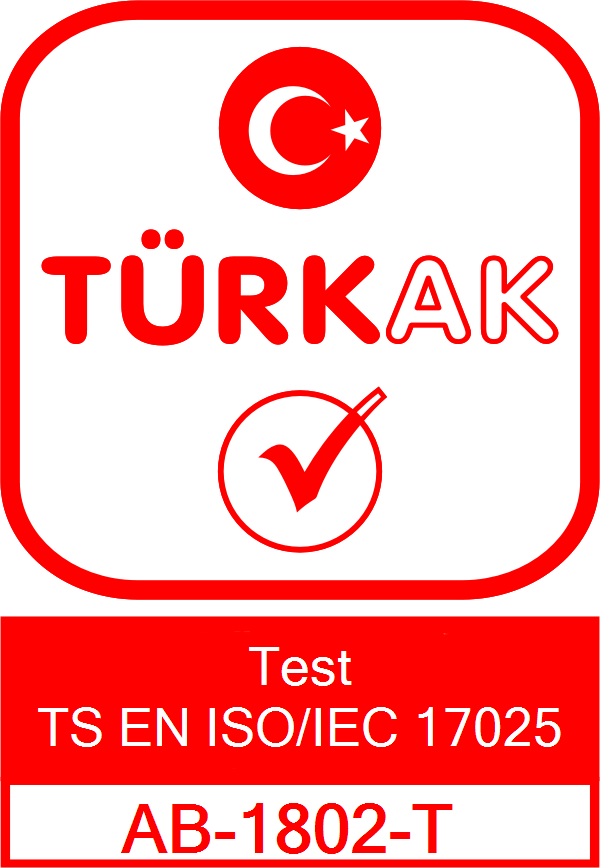
pH Determination for Detergent Safety: How Are the Values Established?
pH Determination for Detergent Safety: How Are the Values Established?
Contents
No matter how effective a detergent may be, if it’s not safe, it poses a serious risk to health. Especially for cleaning agents that contact the skin, accurate pH testing is crucial. But why is pH determination necessary and how is the right value identified? In this guide, we’ll cover all the essential information that manufacturers and consumers need to know.
What Is pH and Why Is It Important?
pH measures the acidity or alkalinity of a substance on a scale from 0 to 14:
- 0–6: Acidic (e.g., toilet cleaners)
- 7: Neutral (e.g., distilled water)
- 8–14: Alkaline (e.g., soap)
Detergent pH levels impact both product performance and skin safety.
Recommended pH Ranges by Detergent Type
| Product Type | Ideal pH Range |
|---|---|
| Laundry Detergent | 7 – 10.5 |
| Dishwashing Liquid | 6.5 – 9 |
| Surface Cleaner | 6 – 11 |
| Skin-Contact Products | 5.5 – 7.5 |
How Is pH Testing Performed?
1. Preparation
Detergent sample, distilled water, and a pH meter or pH strips are required.
2. Sample Dilution
The detergent is diluted (typically 1% solution) based on testing standards.
3. Measurement
The solution is tested using a pH meter or strips. A stable reading is taken within a minute.
4. Reporting
Results are compared with legal limits and safety thresholds, then documented.
Legal Compliance and pH Test Mandates
According to EU and Turkish regulations, cleaning products must disclose pH levels on their label, and results must be validated by laboratory services. CE and SEA compliance requires pH testing as a standard step.
Reliable Testing with TTS Laboratory
TTS Laboratory performs high-precision pH testing for detergents and household products. With advanced equipment and expert teams, we simplify the path to compliance.
- ISO-compliant pH testing
- Preparation for CE and SEA labeling
- Detailed reporting and consultancy
pH Control is the First Step to Safe Detergents
pH is not just a number—it defines the safety, effectiveness, and compliance of your product. Ensure accurate testing and certification with professional laboratory services to protect both your brand and your users.
Frequently Asked Questions
What is pH determination?
It’s the process of measuring a substance’s acidity or alkalinity.
Is pH testing mandatory for detergents?
Yes, prior to product launch, pH testing is required for labeling and legal compliance.
How does pH affect health?
Incorrect pH can cause skin irritation, eye burns, or toxicity risks.
How long does the test take?
Typically 1–3 business days depending on lab capacity.

